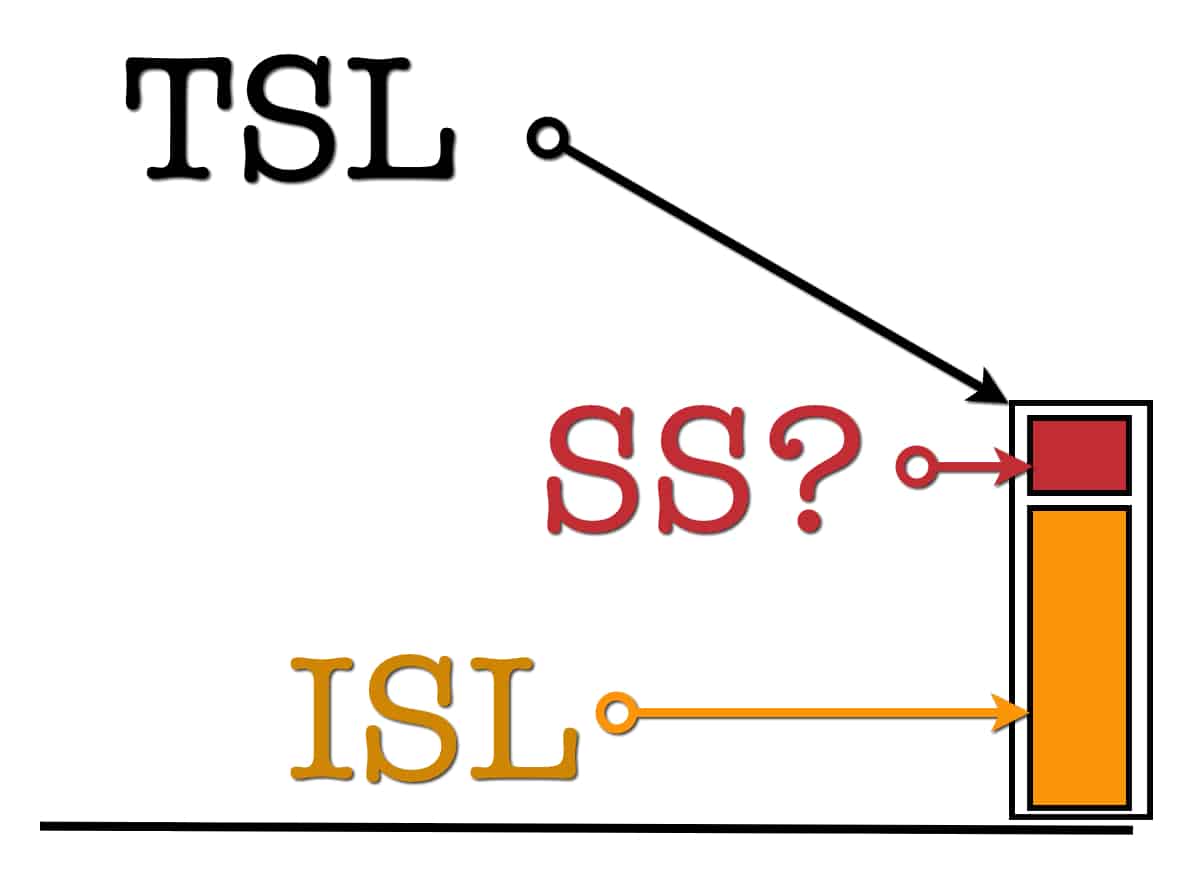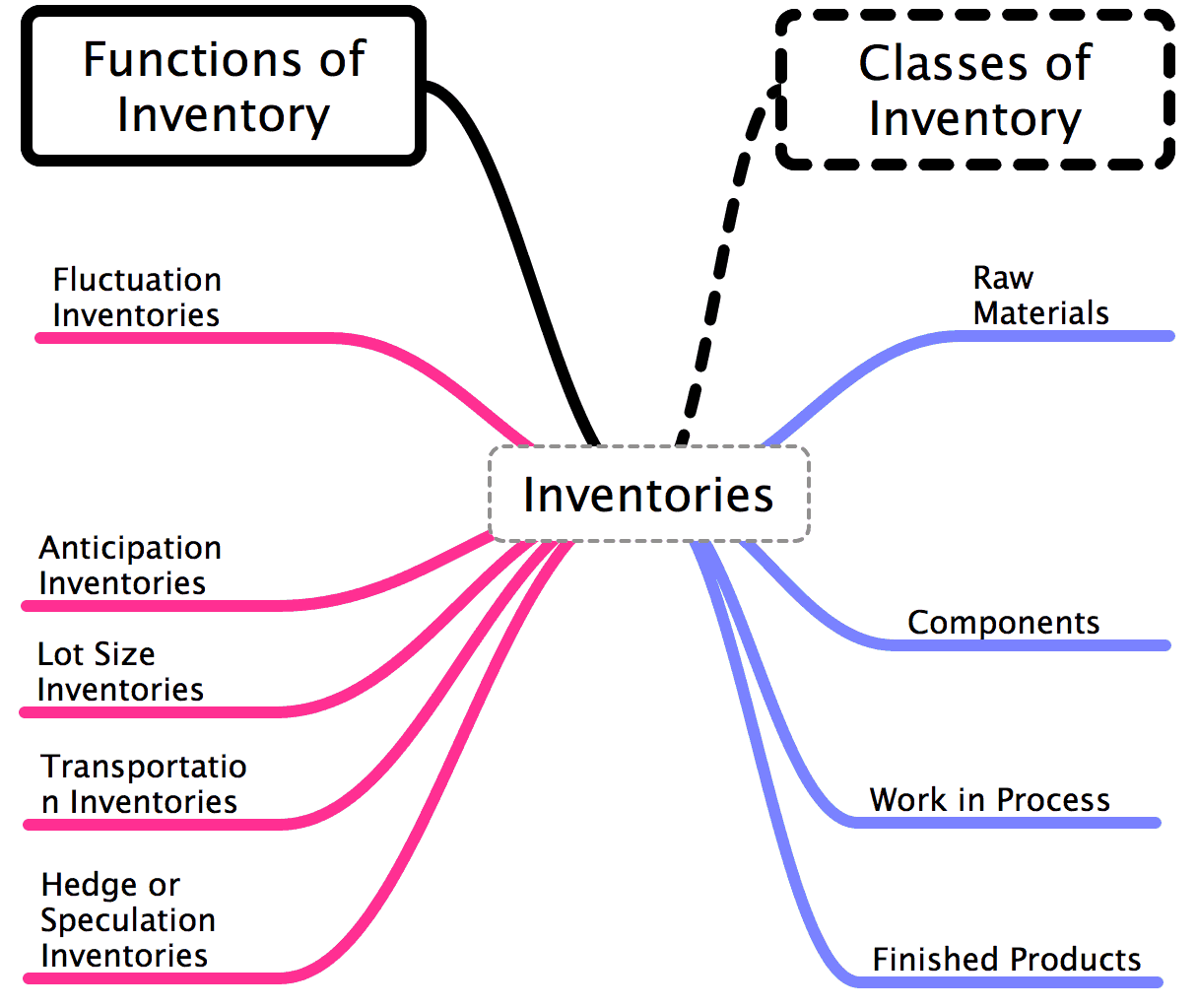How to Best Understand Inventory Planning
Executive Summary
- Inventory planning differs from supply chain execution.
- We cover the major aspects of inventory planning.

Introduction
There are multiple manufacturing environments that a company that sells products falls into. These are called make to stock, make to order, engineered to order, and others. Understanding these and the role of replenishment triggers and inventory is critical to understanding supply chain planning, and how supply chain planning design is changed from environment to environment. You will learn a broad number of supply chain planning topics in this article and how they integrate with one another.
Our References for This Article
If you want to see our references for this article and related Brightwork articles, see this link.
For Manufactured Products
Replenishment Lead Time = Manufacturing Lead Time + Procurement Lead Time (for raw materials, components, and subassemblies) + Shipping Lead Time or Lead Time for Delivery
For Procured Products
Replenishment Lead Time = Procurement Lead Time (for raw materials, components, and subassemblies) + Shipping Lead Time or Lead Time for Delivery
There is often discussion of expediting the various lead times. But in many cases, the only lead time that is reasonably capable of being expedited is the shipping lead time or lead time for delivery. The shipping lead time or lead time for delivery can typically only be expedited at a considerable expense (unless the product in question is of high value and low weight)
There are cases where the opposite occurs, where the total fulfillment lead time is shorter than the order lead time. Examples of this include defense contracting and custom suits. While it receives a very high amount of coverage, a tiny portion of the overall market is as make to order in actuality. Make to order products tend to be premium priced, and many products that are thought to be made to order (such as configurable computers) are not made to order at all, but in fact, assemble to order.
The Concept of Types of Inventory, Inventory Types, Categories of Inventory, Inventory Categories, and Inventory Classification
There are many concepts of inventory types, inventory types, categories of inventory, or inventory categories used in supply chain management. Some of these have to do with how the supply planning system treats inventory or inventory types. For instance, high-value product inventory may be set on different supply planning settings than low-value product inventory.
Categories of inventory or inventory categories can be based upon what that inventory does. That is, is the inventory a raw material, a finished good, a component, work in process, etc. Understanding these categories of inventory is important for working with others (so you can have a shared understanding of the meaning of different types of inventory) and decide which of the inventory categories one may want to use themselves.
Target Stocking Level, Safety Stock Level, and the Initial Stock Level
One way of looking at inventory is the total amount of inventory in the system or the inventory at a stocking location in total. This can be viewed as the actual inventory versus the target inventory.
The target inventory or target inventory level is often made up of the following conceptual components.
- TSL: The Target Stocking Level
- SS: The Safety Stock Level
- ISL: The Initial Stock Level
Each of these different stocks is shown in the following graphic:

- Using this inventory optimization construct, a portion of the total stocking level is the safety stock, and another part is called the ISL or initial stocking level.
- The initial stocking level will be the target stocking level if no supply or demand variability exists.
Segmentation Of Inventory by Inventory Usage
- Inventory has multiple inventory uses.
- It can be categorized into multiple inventory types.
- By categorizing inventory and evaluating the allocation of the overall inventory into the different uses and types, one can measure the relative impact on the total inventory of these segments.
- It is also valuable to consider the actual function is the inventory that is carried.
Types of Inventory, Inventory Classification, and Inventory InfoGraphic
The following infographic shows the types of inventory and inventory classification by two different dimensions.

Functions of Inventory: Anticipation Inventory, Goods in Transit or Stock in Transit, or Transportation Inventory, Pipeline Inventory, Lot Size Inventory, and Hedge Inventory or Speculative Inventory
Another way to categorize inventory is by its function.
- Fluctuation Inventory: Fluctuation inventory is carried to account for variability in either demand or supply. The technical definition of this is safety stock.
- Anticipation Inventory: Anticipation inventory is inventory that is held in anticipation of specific or unusual demand. All inventory is “anticipatory” in nature unless the stock has been sold already, but what makes anticipation inventory different from regular inventory is that there is a reason that can be pointed to for carrying more inventory than usual. A prevalent example of anticipation inventory is inventory carried specifically for weather events.
- Goods in Transit, Stock in Transit, or Transportation Inventory: Goods in transit, stock in transit, or transportation inventory in stock somewhere in the process.
- Pipeline Inventory: Pipeline inventory is a subset of transportation inventory. However, pipeline inventory is only the portion of the stock in transit inventory that is outbound to the customer.
- Lot Size Inventory: A lot size is an order size that, in many cases, is larger than the demand. The lot size is applied to keep companies from purchasing in “non-economic” quantities, which means volumes that would incur overly high transaction costs. Therefore, the resultant lot size inventory is the inventory that is carried not because of need but because the lot size required the quantity to be increased. Lot size inventory is differentiated from inventory that is purely demand driven.
- Hedge Inventory or Speculative Inventory: Hedge inventory or speculative inventory is carried above what would ordinarily be carried to meet the demand for an uncertain purpose. If an entity were to conclude that some input material has a high chance of becoming more expensive in the future, then it would make sense for that entity to purchase and carry hedge inventory or speculative inventory, which would reduce its cost of material acquisition. Hedge inventory or speculative inventory would tend to be the most common in raw materials. The raw material can be converted into so many output items and never really becomes obsolete.
Classes of Inventory: Raw Materials Inventory and Raw Materials Examples, Components Inventory, Work in Process Inventory, Finished Goods Inventory
Another way to classify inventory is of its class.
- Raw Materials Inventory: Raw Materials Inventory is the material in a fundamental state with little manufacturing or other processing performed by the supplier. Raw materials examples are gold, copper, grain, industrial powders, raw milk, etc. Raw materials examples will tend to be shipped in bulk.
- Component Inventory: Component inventory is a recognizable part or assembly that goes into the finished goods. When component inventory is held until a sales order is received, it is called assembly to order manufacturing.
- Work In Process Inventory: Work in process inventory is material that has is somewhere along in the manufacturing process but is not yet a finished good or finished product.
- Finished Goods Inventory: Finished goods inventory may be stored at the factory right after manufacture, or finished goods inventory can be anywhere in the outbound supply chain. For entities that distribute an item rather than manufacture an item they receive finished goods inventory from suppliers.
What is The Role of the Inventory Clerk and the Inventory Manager?
The inventory clerk is the individual how touches the inventory and does things like the physical inventory. However, the term inventory clerk is a bit dated. The inventory manager performs inventory planning and also expediting of things like purchase orders and production orders. While the inventory clerk is entirely execution-focused, the inventory manager must keep inventory stock on hand below a certain cap while attaining service level targets.
What is an Inventory Planning System?
An inventory planning system can refer to either an approach or software applications that implement a particular inventory planning system.
Conclusion
Inventory functions are to have the right amount of stock on hand when demands are received to meet expected service levels expectations. The foundational functions of inventory compensate for where the order lead time is shorter than the replenishment lead time.
While inventory planning and stock planning are certainly not a high profile activities, they are of great importance.
Inventory planning and stock planning have been dramatically changed by introducing both inventory planning or supply planning software and the use of general tools like spreadsheets. These tools allow the inventory manager and others to manage far more inventory more effectively than they did in the past.
Inventory is controlled by the supply planning system and is designed to be moved and stocked to satisfy future demand. The reasons for holding inventory are often not fully explained, and the costs of maintaining inventory versus not having inventory when needed are not quantified in most situations.